Electric vehicles (EVs) have transformed the automotive landscape by offering an alternative to internal combustion engine (ICE) vehicles. A striking difference is the absence of an alternator in EVs. In traditional ICE vehicles, the alternator plays a crucial role in powering the electrical system and recharging the car’s battery while the engine runs. However, this component is not found in electric cars.
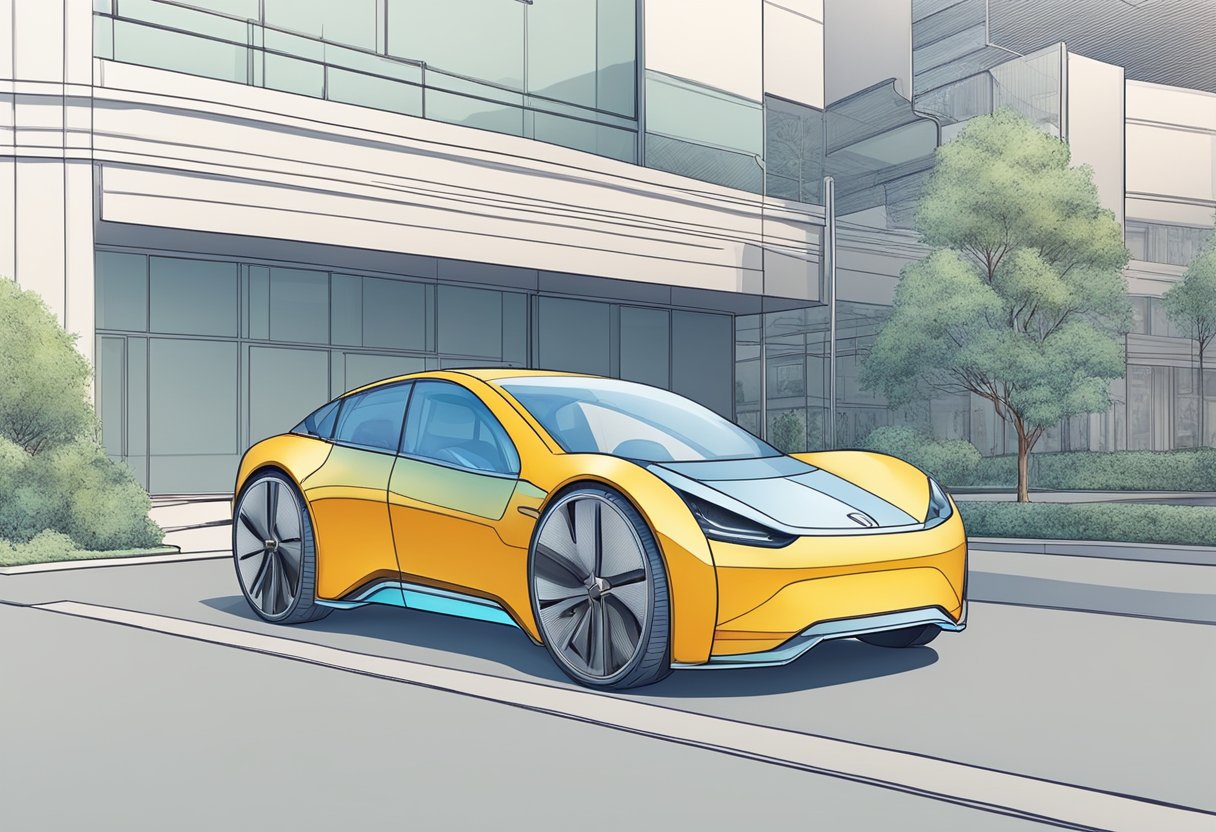
The primary reason electric vehicles do not include alternators is due to their distinct energy conversion mechanisms. Instead of converting mechanical energy into electrical energy as alternators do, EVs rely on their rechargeable batteries to power all onboard electronics. These batteries are charged through external power sources and regenerative braking systems, eliminating the need for an alternator. Additionally, the design of electric powertrains and the efficiency required from them means that implementing an alternator, as found in ICE vehicles, would be impractical and unnecessary.
Key Takeaways
-
Electric vehicles do not have alternators because they have different mechanisms for powering electronics.
-
EVs rely on rechargeable batteries, which are charged externally or via regenerative braking.
-
The presence of an alternator is unnecessary in EVs due to their efficient powertrain design.
Electric Vehicles and Alternators
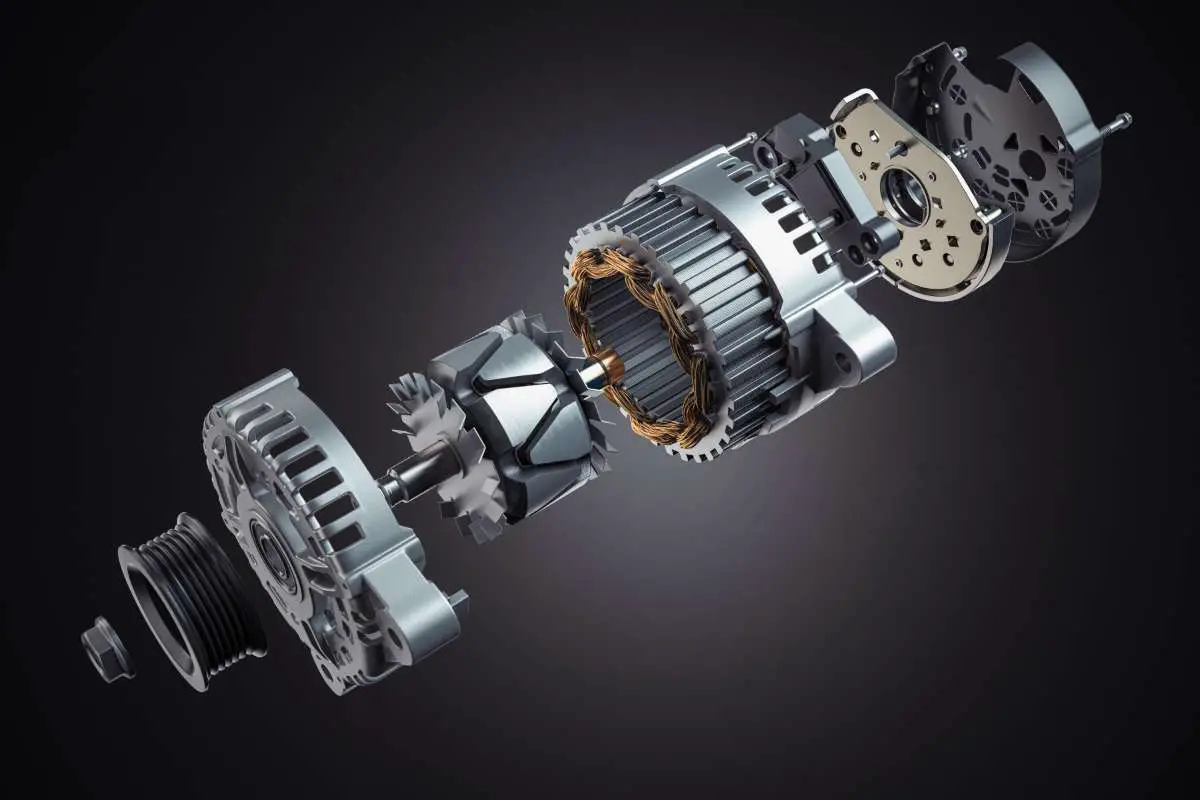
In electric vehicles, the role of an alternator—a staple in internal combustion engine vehicles—is obsolete due to the fundamental differences in how these vehicles generate and manage electrical power.
Differences Between EVs and ICE Vehicles
Electric vehicles (EVs) and internal combustion engine (ICE) vehicles have fundamentally different drivetrains. EVs use electric motors powered by batteries, while ICE vehicles rely on engines to produce mechanical power. The power source in EVs is a chemical battery, which stands in stark contrast to the ICE’s burning of fuel.
Function of Alternators in ICE Vehicles
In ICE vehicles, the alternator’s job is to generate electrical power to recharge the vehicle’s battery and supply power to the electrical system while the engine runs. The alternator is mechanically driven by the engine’s rotation, converting mechanical energy into electrical energy through electromagnetic induction.
- Primary functions include:
- Charging the battery
- Powering electrical components when the engine is on
Advent of EVs Without Alternators
The integration of alternators in electric vehicles is unnecessary because EVs do not have an internal combustion engine to mechanically drive an alternator. In lieu of an alternator, EVs have an onboard generator system that recharges the battery through regenerative braking and a built-in charger that converts AC power from the grid to DC to recharge the batteries.
- Key components responsible for power management in EVs include:
- Regenerative braking systems
- Onboard charger
- Battery management system
Electric vehicles are designed to be energy efficient, often using the momentum of the car for regenerative braking to feed power back into the battery, thereby enhancing the vehicle’s range and reducing the need for external charging. Electric motors and extensive battery packs in EVs eliminate the need for an alternator entirely.
Energy Conversion in EVs
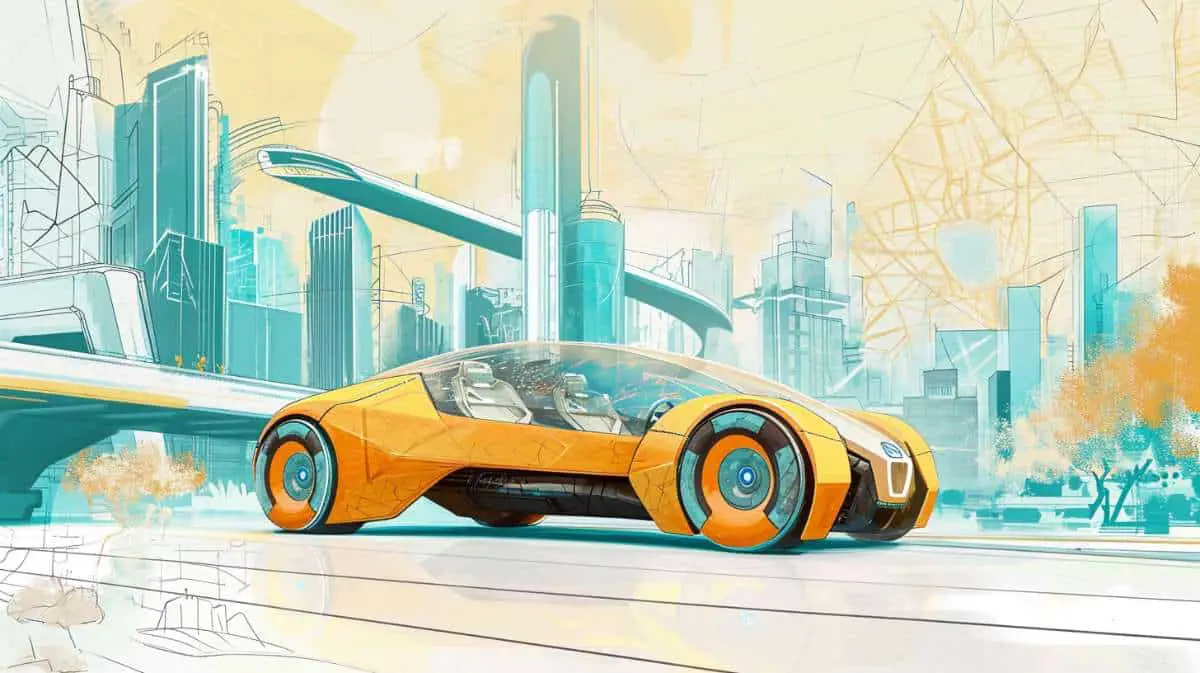
In electric vehicles (EVs), the conversion of energy is a critical function. The electric powertrain replaces the traditional internal combustion engine, meaning the energy dynamics are substantially different and highly efficient. This section examines the two major aspects of energy conversion in EVs: utilization of the EV battery as the primary power source and the reclamation of energy through regenerative systems.
EV Battery as a Power Source
The EV battery, or battery pack, serves as the central power hub, storing electrical energy that powers the electric motor. This energy is converted from electrical to mechanical energy through the motor, which generates a magnetic field to propel the vehicle. This conversion process retains a high level of energy efficiency, avoiding the losses typically associated with combustion engines.
- Primary source: The battery pack.
- Conversion process: Electrical to mechanical energy.
- Efficiency: High compared to combustion engines.
Regeneration of Energy in EVs
Regenerative braking is a distinctive feature of EVs, allowing them to recover kinetic energy that would otherwise be lost as heat during braking. This system converts the mechanical energy back into electrical energy, which is then stored back in the battery pack.
- Mechanism: During deceleration, the electric motor operates in reverse, acting as a generator to convert kinetic energy into electric energy.
- Efficacy: Enhances overall energy efficiency by recuperating energy.
Through these processes, electric vehicles achieve superior efficiency in energy usage. They generate electricity through regenerative systems and effectively employ their battery packs to power the vehicle, showcasing an advanced energy conversion cycle.
Charging Systems and Techniques
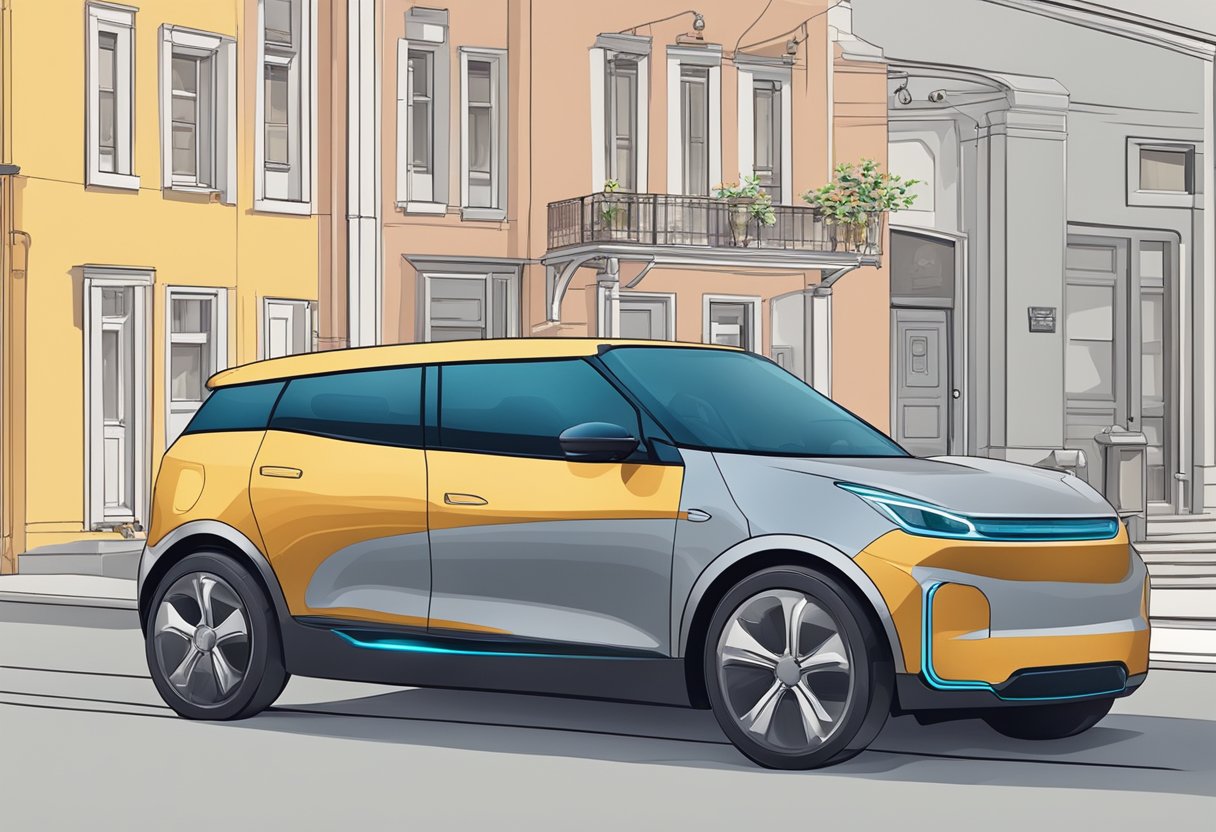
Electric vehicles (EVs) utilize advanced charging systems and mechanisms distinct from traditional internal combustion engine vehicles, which rely on alternators for charging. These systems ensure efficient energy transfer from various sources to the vehicle’s battery.
EV Charging Infrastructure
The EV charging infrastructure encompasses an array of components crucial for delivering electrical power from the grid to the vehicle. Charging stations, which can be public or private, offer different levels of power output. Typically, there are three levels of charging stations:
-
Level 1 Charging: Utilizes standard home outlets providing an alternating current (AC) at 120 volts. It’s the slowest form of charging, suitable for overnight use.
-
Level 2 Charging: Found both in residential and public settings, these stations supply AC at 240 volts, requiring a dedicated circuit. They charge significantly faster than Level 1.
-
Level 3 Charging (DC Fast Charging): These stations convert AC from the power plants, potentially supplemented by renewable energy sources, into direct current (DC) to rapidly charge EV batteries.
Charging Time:
- Level 1: Typically 8-12 hours to fully charge
- Level 2: About 4-6 hours for a complete charge
- Level 3: Usually 30 minutes to an hour for an 80% charge
Onboard Charging Mechanisms
The onboard charger is a critical component in electric vehicles, managing battery charging when connected to a power source. The charger converts AC electricity from the charging station into DC power, which can be stored in the battery. Parameters such as the capacity of the onboard charger, measured in kW, significantly influence charging time.
-
Current Handling: The onboard charger must handle the input current without compromising the battery’s lifespan.
-
Efficiency: To minimize losses, it is designed to operate with high efficiency, converting most of the received power into usable battery charge.
By focusing on the optimization of these charging systems and techniques, electric vehicles achieve a balance between charging speed and battery health, ensuring they remain a compelling option for consumers.
Frequently Asked Questions
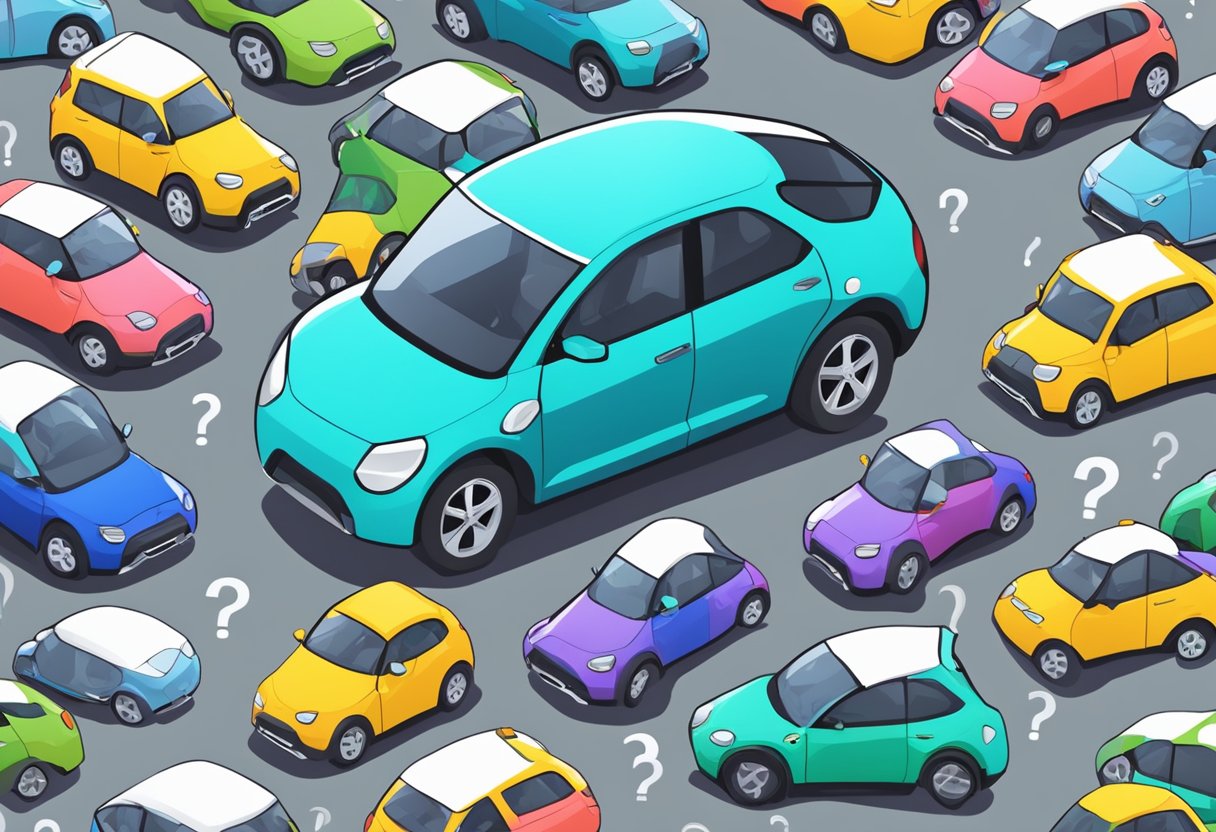
In this section, we address common inquiries regarding the absence of alternators in electric vehicles and how these vehicles manage their power systems.
How do electric vehicles manage power without using alternators?
Electric vehicles (EVs) manage power using a combination of rechargeable batteries and regenerative braking systems. These systems convert kinetic energy into electrical energy during braking, which is then stored in the battery.
What is the reasoning behind not equipping Tesla vehicles with alternators on each wheel?
Tesla vehicles, like other electric cars, do not use alternators because they rely on battery packs for energy storage. Alternators are designed for continuously charging a car battery while the engine runs, but in an EV, the motor is powered directly by a large-capacity battery.
Why isn’t it practical for electric cars to self-charge using onboard generators?
Using onboard generators to self-charge electric cars isn’t practical because it would create a less efficient system. This is due to the energy losses involved in converting mechanical energy back to electrical energy, which would result in reduced overall vehicle range and efficiency.
What are the alternatives to alternators in electric car power systems?
The main alternatives to alternators in electric car power systems are regenerative braking and dedicated battery management systems. These systems are specifically designed to maintain the battery’s charge levels and ensure efficient energy use throughout the vehicle’s operation.
Can an alternator be efficiently integrated into an electric car’s system for energy regeneration?
Integrating an alternator for energy regeneration in an electric car is generally not efficient due to the additional weight and complexity, which can reduce the overall efficiency. Electric cars are better served by systems such as regenerative braking, which are tailored for EV energy recuperation needs.
- Tesla Charger Installation Cost (Home Setups) - March 1, 2024
- Tesla Phone Key Disconnected (Troubleshooting Guide and Quick Fixes) - March 1, 2024
- Tesla FSD 12 (Explained) - March 1, 2024